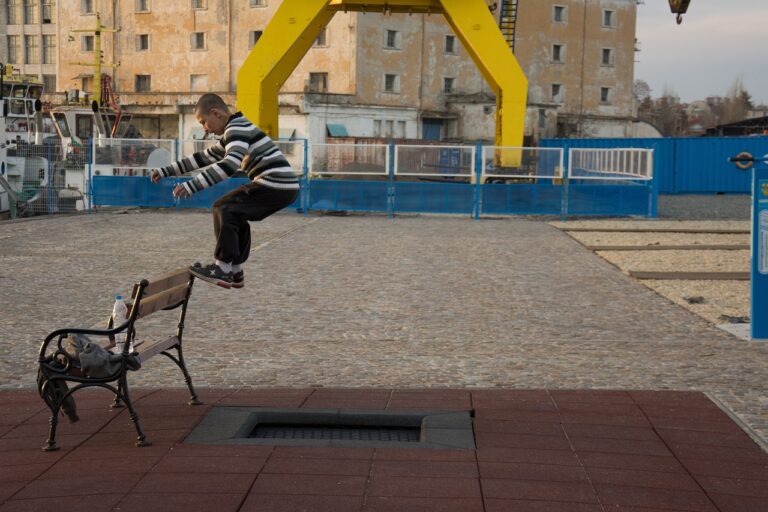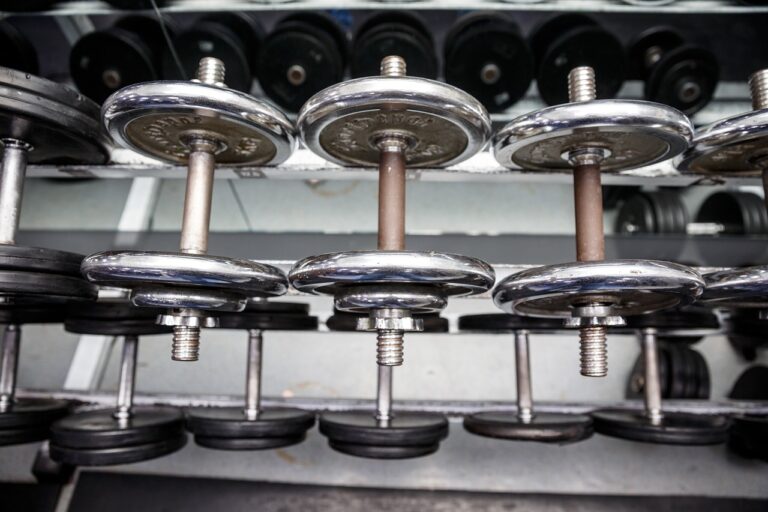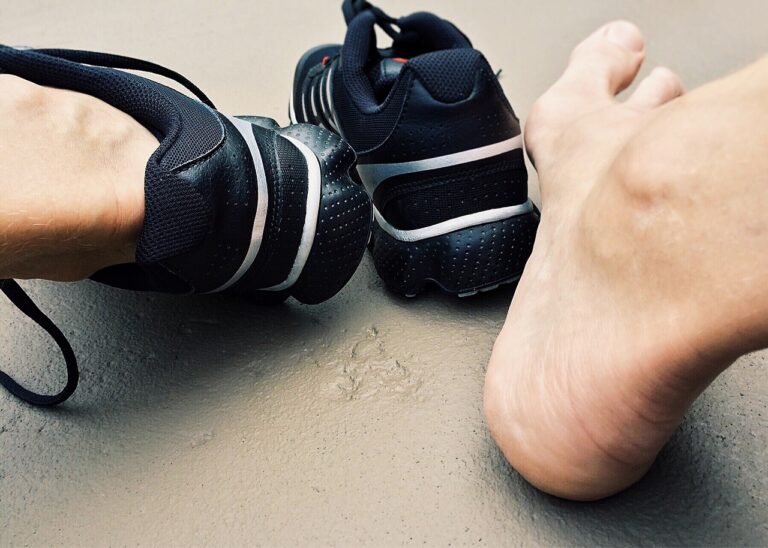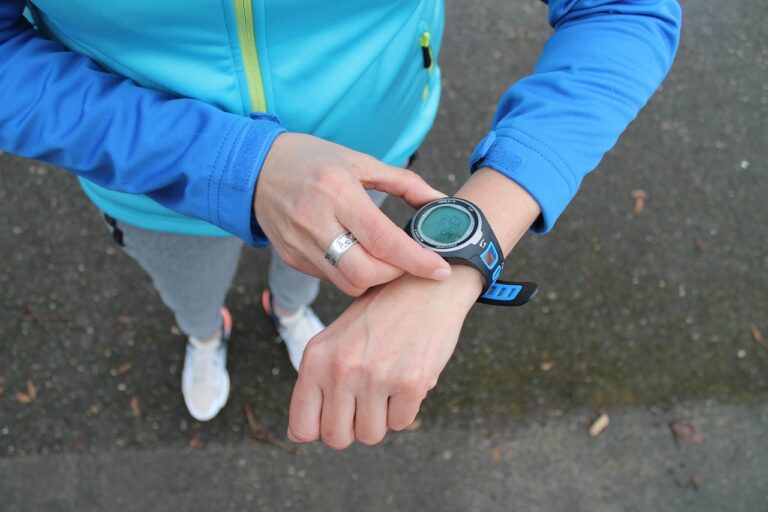Nephrology Collaboration: Working Together for Better Kidney Care: Sky247login, 11xplay, Playexch 99
sky247login, 11xplay, playexch 99: Pulmonary Eosinophilic Granulomatosis with Polyangiitis (EGPA), formerly known as Churg-Strauss Syndrome, is a rare autoimmune disease characterized by inflammation of blood vessels and tissues. One of the main organs affected by EGPA is the lungs, leading to symptoms such as cough, shortness of breath, and chest pain. Pulmonary rehabilitation plays a crucial role in managing these symptoms and improving the quality of life for patients with EGPA.
What is Pulmonary Rehabilitation?
Pulmonary rehabilitation is a comprehensive program designed to help patients with respiratory conditions improve their lung function, reduce symptoms, and increase exercise capacity. It typically includes a combination of exercise training, education, and support to help individuals with chronic lung diseases like EGPA achieve their optimal level of physical function.
How Can Pulmonary Rehabilitation Benefit Patients with EGPA?
1. Improving Lung Function: Pulmonary rehabilitation programs are tailored to address the specific needs of patients with EGPA, focusing on exercises that help improve lung function and breathing patterns. By strengthening the respiratory muscles and increasing lung capacity, individuals with EGPA can experience reduced breathlessness and improved exercise tolerance.
2. Enhancing Physical Fitness: Physical activity plays a crucial role in managing EGPA symptoms and preventing deconditioning. Pulmonary rehabilitation programs incorporate aerobic and strength training exercises to help patients build endurance, increase muscle strength, and improve overall physical fitness.
3. Managing Symptoms: EGPA can cause a range of symptoms that impact daily life, such as fatigue, cough, and chest discomfort. Pulmonary rehabilitation teaches patients techniques to manage their symptoms effectively, including breathing exercises, relaxation techniques, and energy conservation strategies.
4. Promoting Self-Management: Pulmonary rehabilitation programs empower patients with EGPA to take control of their condition and make positive lifestyle changes. Education sessions cover topics such as medication management, nutrition, stress management, and coping strategies to help individuals manage their disease more effectively.
5. Enhancing Quality of Life: EGPA can have a significant impact on the quality of life of affected individuals, affecting their ability to perform daily activities and participate in social and recreational activities. Pulmonary rehabilitation aims to improve overall well-being by addressing physical limitations, enhancing mental health, and promoting social interaction.
6. Long-Term Benefits: The benefits of pulmonary rehabilitation extend beyond the duration of the program, with research showing long-lasting improvements in symptoms, exercise capacity, and quality of life for patients with chronic lung conditions like EGPA. Regular participation in maintenance programs can help sustain these gains over time.
In conclusion, pulmonary rehabilitation plays a vital role in the management of patients with Pulmonary Eosinophilic Granulomatosis with Polyangiitis (EGPA), providing a holistic approach to improving lung function, managing symptoms, and enhancing quality of life. By actively participating in a structured rehabilitation program, individuals with EGPA can experience significant benefits in their physical and emotional well-being.
FAQs
1. Is pulmonary rehabilitation suitable for all patients with EGPA?
Pulmonary rehabilitation is recommended for patients with EGPA who experience respiratory symptoms and functional limitations. It is important to consult with healthcare providers to determine if pulmonary rehabilitation is appropriate for individual cases.
2. How long does a pulmonary rehabilitation program typically last?
Pulmonary rehabilitation programs can vary in duration, ranging from a few weeks to several months, depending on the individual’s needs and progress. Maintenance programs are also available for long-term support.
3. Can pulmonary rehabilitation help with managing other symptoms of EGPA, such as skin rash or joint pain?
While pulmonary rehabilitation primarily focuses on improving lung function and physical fitness, it can indirectly benefit other symptoms of EGPA by enhancing overall well-being and quality of life. Additional treatments may be needed to address specific symptoms like skin rash or joint pain.







